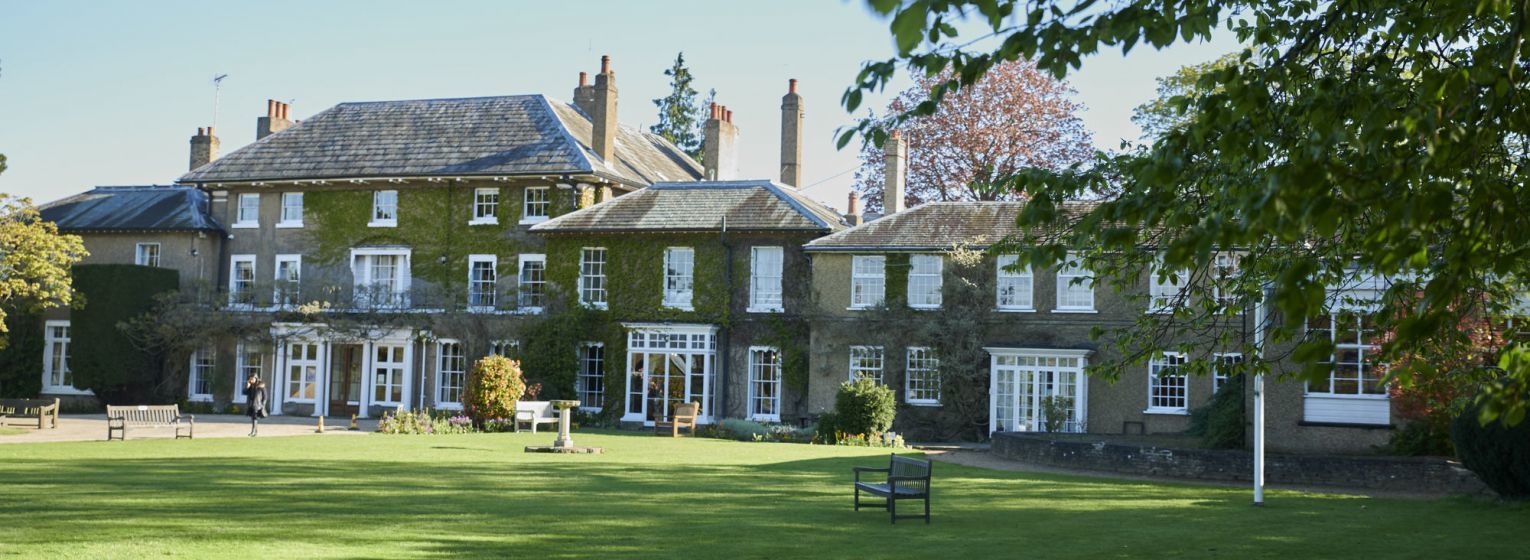By Mrs Moradi, Head of Science
I am Mrs Moradi, the new Head of Science and I have had the pleasure of getting to know lots of your wonderful children here at Edge Grove. It has been an exciting first term so I thought I’d take the time to introduce myself and show you some of the amazing things we have been doing in science in Years 5-8.
A little bit about me…I have a BSc in Pharmacy, an MSc in Biomedical Science, and a PhD in Biomedical Science and Informatics as well as PGCE in Science. My teaching journey began while completing my PhD, where I worked as a lecturer and professor research assistant with undergraduate and postgraduate students. I then transitioned to high school, teaching Science from Year 7 up to GCSE and A level, eventually serving as Head of Science and Head of STEAM at John Lyon for several years.
My experience with various age groups has given me the ability to tailor my lessons to students’ ability levels. I strive to create engaging learning experiences by incorporating diverse teaching methods, such as revisometric techniques and Origami, making lessons enjoyable while achieving our goals.
I value traditional education and believe that over-reliance on Chromebooks and technology can detract from the joy of learning. Therefore, I’ve integrated books and writing into my lessons to help students enhance their writing skills, which will benefit them in their exams and beyond. Teaching is a passion of mine, and I am proud to be part of the Edge Grove community, where I can inspire and nurture the next generation of learners.
Teaching new and sometimes complex topics to pupils is one of the great challenges of being a teacher. You have to find a way that really engages pupils and gets them to think deeply about the topic without being overwhelmed by it. One way I have done that this week is through origami!
Origami Organelles are innovative paper models that awaken a passion for science in everyone. The mission is to empower individuals of all ages and abilities to engage with scientific concepts through hands-on creation. With Origami Organelles, makers embark on journeys inside the human body, explore the vastness of space, wander through the Amazon rainforest, and travel back to the dawn of our planet’s atmosphere. In informal learning settings, crafting these models transforms the educational experience into a memorable and tangible connection to the world of science.


For instance, Year 8 pupils deepen their understanding of gas exchange in the lungs by constructing an origami model of an alveolus and a capillary. They discover how oxygen diffuses from the lungs into the bloodstream, while carbon dioxide moves in the opposite direction. This model also highlights the impact of particulates in the alveoli and the critical dangers of carbon monoxide poisoning.
Year 7 pupils engaged in an exciting session crafting paper origami models to deepen their understanding of the differences between animal and plant cells. They practiced teamwork while exploring the fascinating combinations of subcellular structures (organelles) that enable each cell to perform its unique functions. Their models featured essential components like the nucleus, chromosomes, mitochondria, chloroplasts, vacuoles, cell membranes, cell walls, cytoplasm, ribosomes, and more.
Year 6 pupils experienced their first introduction to the periodic table and atomic structure, diving into a fun session where they created atomic models of elements of their choice. They revisited the composition of atoms and the arrangement of protons, electrons, and neutrons in an atom.
Year 5 pupils explored the captivating topic of the solar system, learning about Earth’s rotational movement, seasonal changes, and beyond. Together, they built models of the Earth, sun, and moon, gaining a hands-on understanding of how these celestial bodies interact to create day, night, and seasonal transformations.
I hope these creative learning experiences have enriched their understanding of these topics and I look forward to more hands-on learning at Edge Grove!








